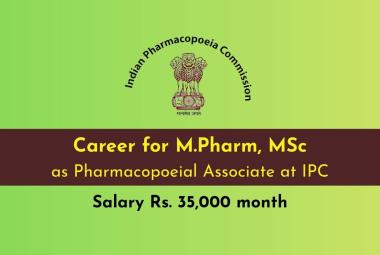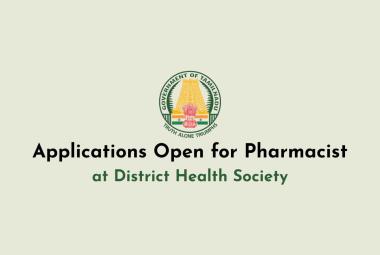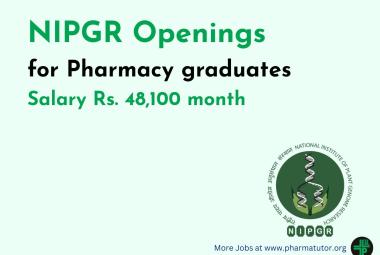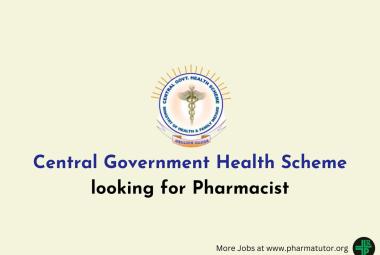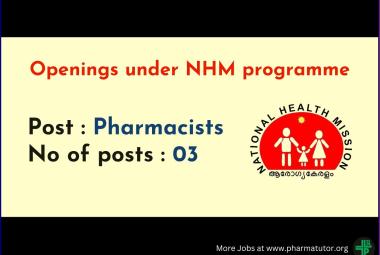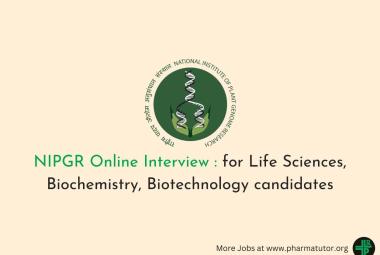Eli Lilly and Company announced positive topline results from the Phase 3 ACHIEVE-2 and ACHIEVE-5 trials. ACHIEVE-2, the second head-to-head trial in the program, evaluated orforglipron versus dapagliflozin, an SGLT-2 inhibitor, in adults with type 2 diabetes inadequately controlled on metformin. Separately, ACHIEVE-5 assessed orforglipron versus placebo in adults with type 2 diabetes and inadequate glycemic control with titrated insulin glargine, with or without metformin and/or SGLT-2 inhibitors.
In both trials, orforglipron (3 mg, 12 mg, 36 mg) met the primary and all key secondary endpoints at 40 weeks for both the efficacy and treatment-regimen estimands, delivering significant A1C reduction and weight loss as well as improvements in multiple cardiovascular risk factors, all consistent with previously disclosed studies in type 2 diabetes.
"Orforglipron has now demonstrated superiority over two active comparators in clinical trials for type 2 diabetes," said Jeff Emmick, M.D., Ph.D., senior vice president of product development, Lilly Cardiometabolic Health. "In ACHIEVE-2, orforglipron outperformed dapagliflozin, a commonly used SGLT-2 therapy, and in ACHIEVE-3, showed greater efficacy than oral semaglutide. The findings from ACHIEVE-5 add to this momentum, showing significant A1C reduction and weight loss when used in combination with titrated basal insulin. Together, these results reinforce orforglipron's potential to become a new standard of care for people living with type 2 diabetes."
All doses of orforglipron achieved statistical significance versus the comparator, with p<0.001 under both the efficacy and treatment-regimen estimands. Insulin glargine doses were adjusted per a treat-to-target algorithm with no restriction from week four to week 40.
In both trials, the overall safety and tolerability profile of orforglipron, as well as treatment discontinuation rates, were consistent with previous studies. The most common adverse events were gastrointestinal-related and generally mild-to-moderate in severity. No hepatic safety signal was observed.
The detailed results of these trials will be presented at a future medical meeting and published in a peer-reviewed journal. Results are expected in the first quarter of 2026 for ACHIEVE-4, the final global registration trial in the ACHIEVE program. Lilly plans to submit orforglipron for the treatment of type 2 diabetes to global regulatory agencies in 2026, while submission for the treatment of obesity is on track to occur by the end of this year.
Orforglipron (or-for-GLIP-ron) is an investigational, once-daily small molecule (non-peptide) oral glucagon-like peptide-1 receptor agonist that can be taken any time of the day without restrictions on food and water intake. Orforglipron was discovered by Chugai Pharmaceutical Co., Ltd. and licensed by Lilly in 2018. Chugai and Lilly published the preclinical pharmacology data of this molecule together. Lilly is running Phase 3 studies on orforglipron for the treatment of type 2 diabetes and for weight management in adults with obesity or overweight with at least one weight-related medical problem. It is also being studied as a potential treatment for obstructive sleep apnea, hypertension and osteoarthritis pain in adults with obesity.
ACHIEVE-2 (NCT06192108) is a Phase 3, 40-week, randomized, active-controlled, open-label study comparing the efficacy and safety of orforglipron 3 mg, 12 mg and 36 mg to dapagliflozin 10 mg in participants with type 2 diabetes and inadequate glycemic control with metformin. The study randomized 962 participants in a 1:1:1:1 ratio to receive either orforglipron 3 mg, 12 mg or 36 mg, or dapagliflozin 10 mg once daily, in addition to background metformin therapy. The objective of the study was to demonstrate that orforglipron is non-inferior in A1C reduction from baseline after 40 weeks, compared to dapagliflozin. Study participants had an A1C between ≥7.0% and ≤10.5% and a BMI of ≥23 kg/m². Participants randomized to orforglipron initiated treatment with 1 mg once daily and increased the dose every four weeks until reaching the randomized dose of 3 mg, 12 mg or 36 mg.
ACHIEVE-5 (NCT06109311) is a Phase 3, 40-week, randomized, double-blind, placebo-controlled study assessing the efficacy and safety of orforglipron 3 mg, 12 mg and 36 mg in participants with type 2 diabetes and inadequate glycemic control with insulin glargine, with or without metformin and/or SGLT-2 inhibitors. The study randomized 546 participants in a 1:1:1:1 ratio to receive either orforglipron 3 mg, 12 mg or 36 mg, or placebo with background therapy of titrated insulin glargine alone or in combination with metformin and/or SGLT-2 inhibitors. The objective of the study was to demonstrate that orforglipron is superior in A1C reduction from baseline after 40 weeks, compared to placebo. Study participants had an A1C between ≥7.0% and ≤10.5% and a BMI of ≥23 kg/m². Participants randomized to orforglipron initiated treatment with 1 mg once daily and increased the dose every four weeks until reaching the randomized dose of 3 mg, 12 mg or 36 mg.
The ACHIEVE Phase 3 global clinical development program for orforglipron has enrolled more than 6,000 people with type 2 diabetes across five global registration trials. The program began in 2023, and additional results are anticipated in early 2026.



